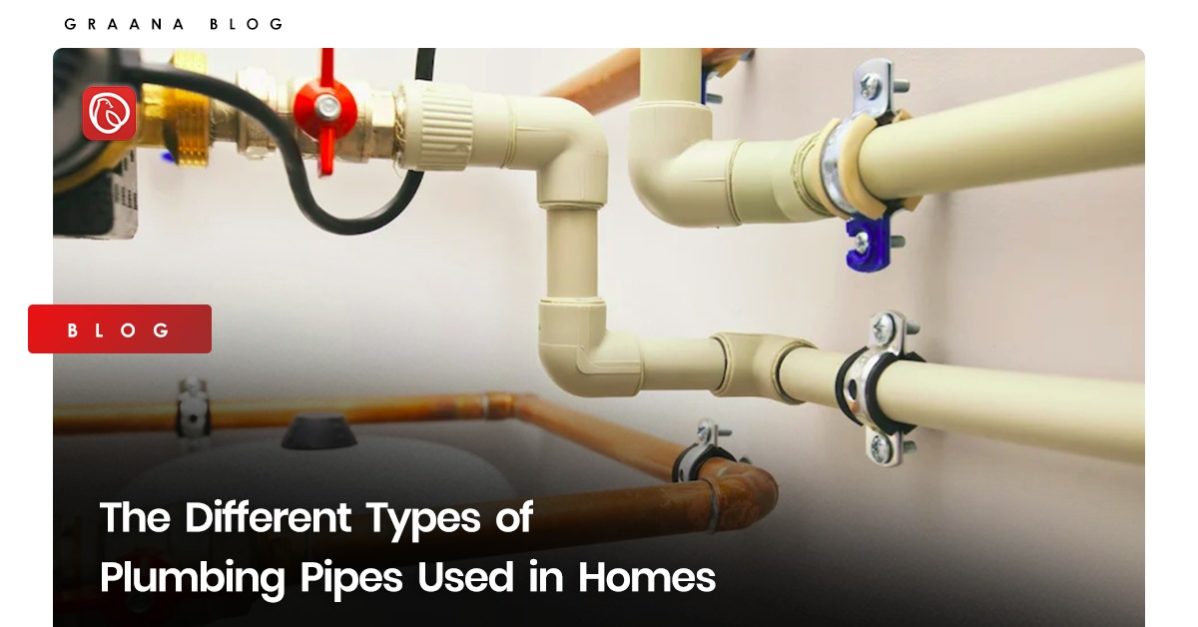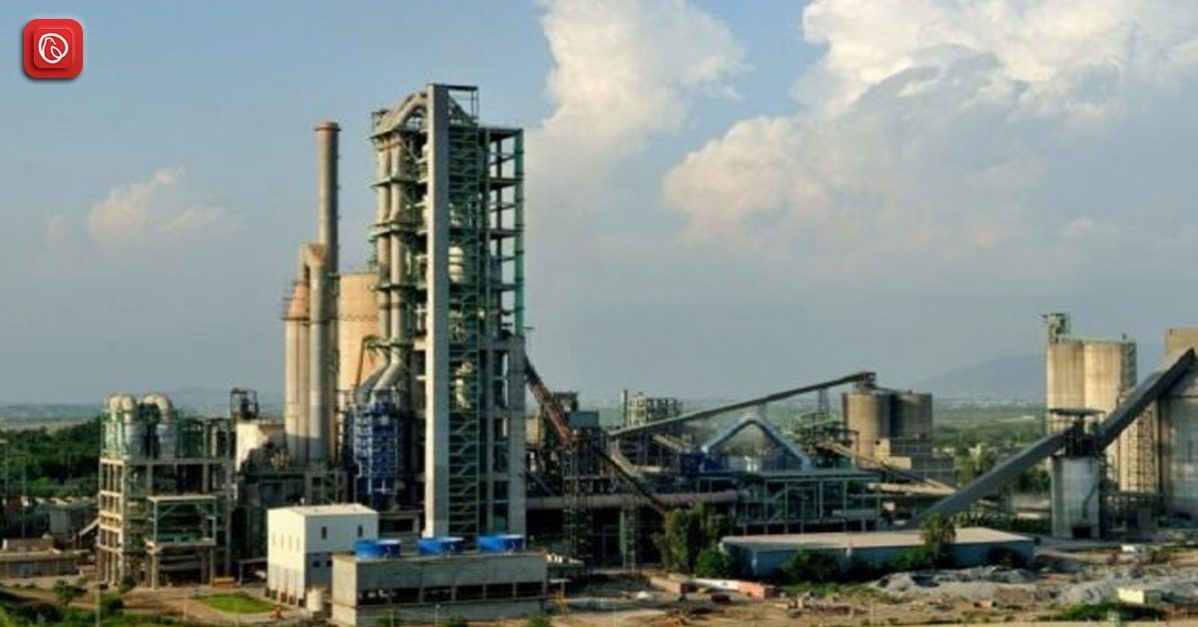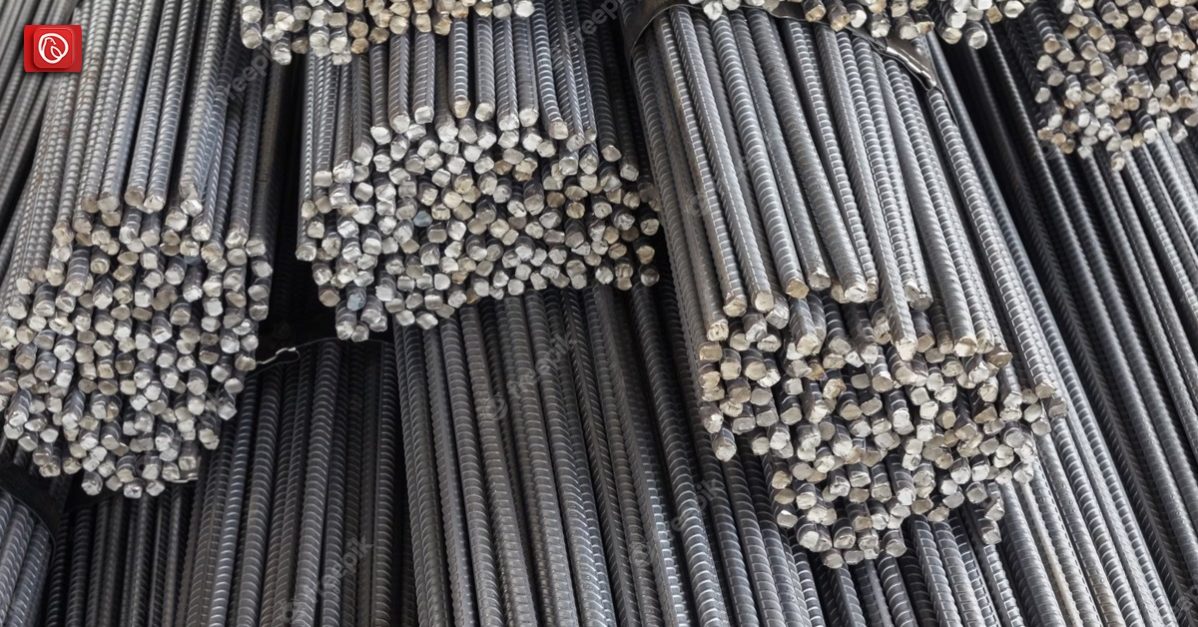The evolution of plumbing pipes has undergone several changes over the years, from metal to plastic materials. This transition was not without its challenges, but the use of plastic pipes and connectors has made installation easier for plumbers.
The type of pipes used in a residential property may vary based on its age and whether it has been recently remodelled. These include plumbing pipes that are used for water distribution, drainage, and waste disposal. Adequate water supply must be ensured in the required areas during construction, and proper drainage must also be established to dispose of wastewater through pipes.
Graana.com has listed down the different types of plumbing pipes available in the market to help you choose the right fit for your home.
What Are Plumbing Pipes?
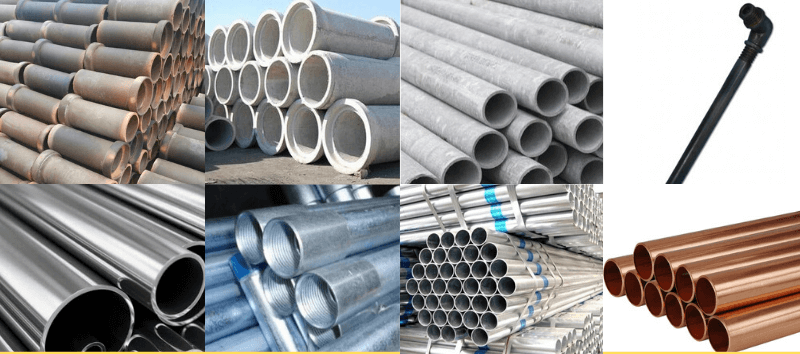
Plumbing pipes, used to transport water, wastewater and other liquids, come in different materials and sizes. They are chosen based on factors such as the type of liquid being transported, the temperature and pressure of the system, and the location of the pipes.
Types of Plumbing Pipes
The most common types of plumbing pipes are as follows:
| 1 | PEX Pipes |
| 2 | PVC Pipes |
| 3 | Chlorinated Poly Vinyl Chloride Pipes (CPVC) |
| 4 | Acrylonitrile Butadiene Styrene Pipes (ABS) |
| 5 | Flexi Pipes |
| 6 | Stainless Steel Pipes |
| 7 | Galvanised Steel Pipes |
| 8 | Cast Iron Pipes |
| 9 | Polybutylene Pipes |
| 10 | High-Density Polybutylene Pipes |
| 11 | Black Iron Pipes |
| 12 | Stoneware Pipes |
| 13 | Concrete Pipes |
PEX Pipes
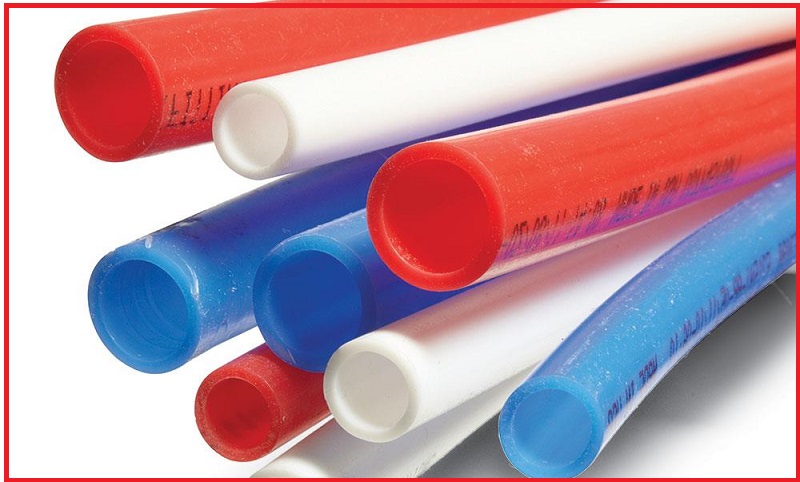
PEX piping is a popular choice for plumbing because it is both durable and flexible. Cross-linked polyethylene, or PEX, is a plastic material used for water supply lines.
It can easily navigate through walls, basements, crawl spaces, and ceilings, making it ideal for plumbing purposes. PEX piping is also a cost-effective option, and can be cut and linked without the need for soldering or glueing.
Additionally, PEX has a long lifespan and is resistant to rust and corrosion, allowing it to transport both hot and cold water effectively. However, it is not suitable for outdoor use as it can be easily damaged by UV radiation. Although there have been concerns about PEX affecting the taste and odour of water, research has dismissed those.
PVC Pipes
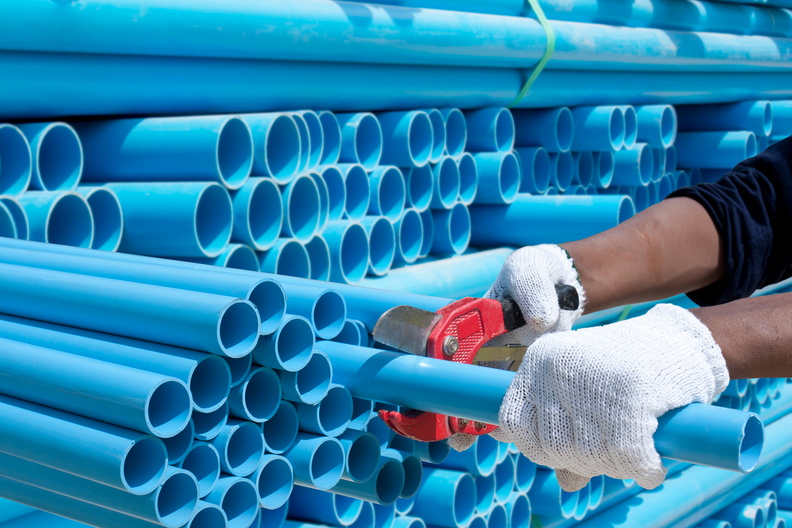
PVC piping, made from polyvinyl chloride, is commonly used for waste lines and is a popular choice for sinks, toilets, and shower drains due to its lightness, affordability, and ease of handling compared to galvanised steel pipes. PVC pipes can be cut with a hacksaw and connected to other parts with piping glue.
They provide better protection against rust and corrosion, and have a smooth inner lining that reduces the risk of sediment buildup and blockages. PVC pipes have a long lifespan and can handle high water pressure, making them suitable for use as the main water supply line in homes.
However, they cannot withstand hot water and may warp or melt if exposed to it. There have also been concerns about the potential addition of polyvinyl chloride chemicals into drinking water, causing respiratory and reproductive issues, which is why some states have banned their use for transporting drinking water.
Chlorinated Poly Vinyl Chloride Pipes
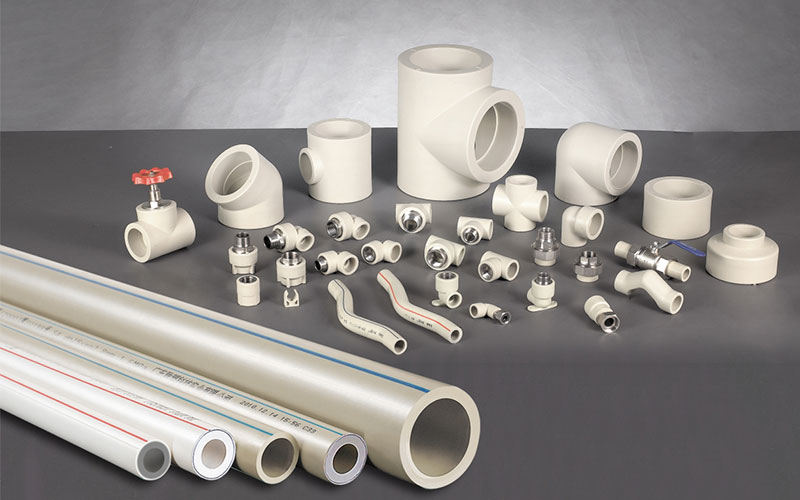
CPVC, or chlorinated polyvinyl chloride, is a type of PVC piping. The main difference between CPVC and PVC is that CPVC is chlorinated, which makes it more resistant to temperature changes than PVC. CPVC pipes can withstand temperatures up to 200 degrees Fahrenheit, making them ideal for transporting hot water.
However, they can only be used indoors and are more expensive than PVC pipes. Prolonged exposure to sunlight can cause CPVC pipes to break down.
Acrylonitrile Butadiene Styrene Pipes
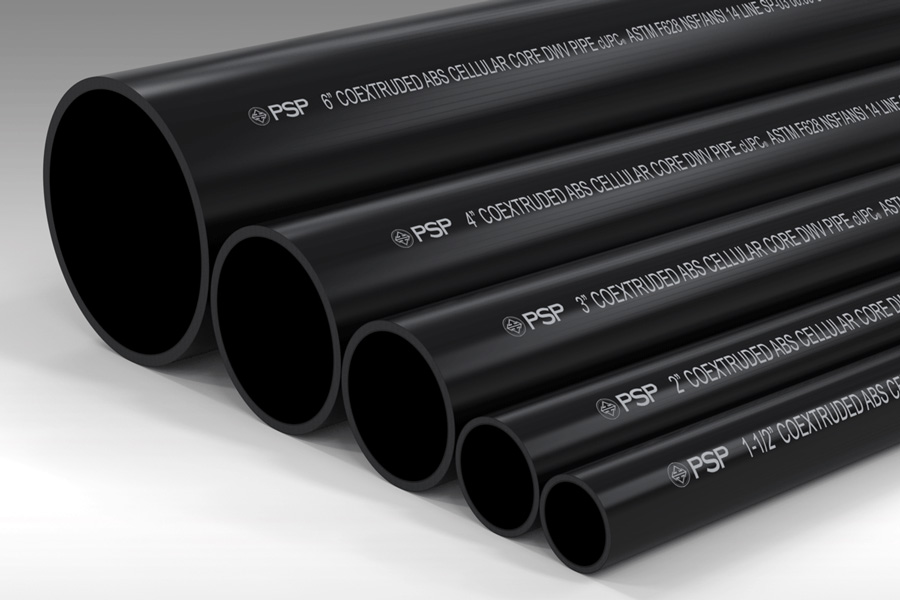
ABS piping, made from acrylonitrile butadiene styrene thermoplastic resin, is similar in appearance to PVC pipes but is black and more durable. People commonly use ABS piping for vent and drain lines because it’s cost-effective and cold-resistant.
However, only use it indoors as UV radiation can cause warping and degradation if exposed. Additionally, it may produce more noise compared to other plumbing pipes, which may be an issue for those who are sensitive to sounds.
Flexi Pipes
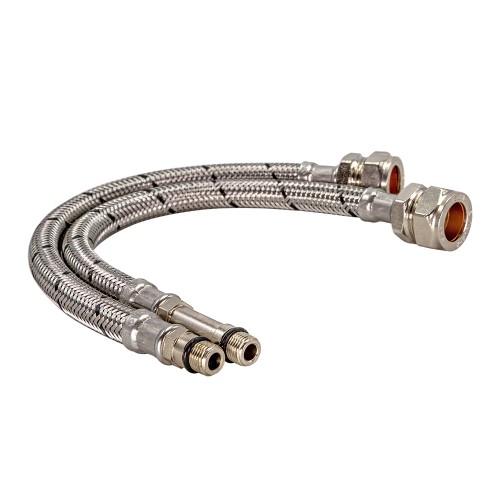
Flexible pipe, commonly known as flexi pipe, is made of stainless steel and is commonly used for connecting plumbing fixtures like water heaters, toilets, and sinks. However, it has a tendency to wear out over time.
The use of flexi pipe is limited to visible plumbing fixtures and is not suitable for installation inside walls or floors. While it can be relatively expensive, it only requires a limited budget for a given project.
Stainless Steel Pipes
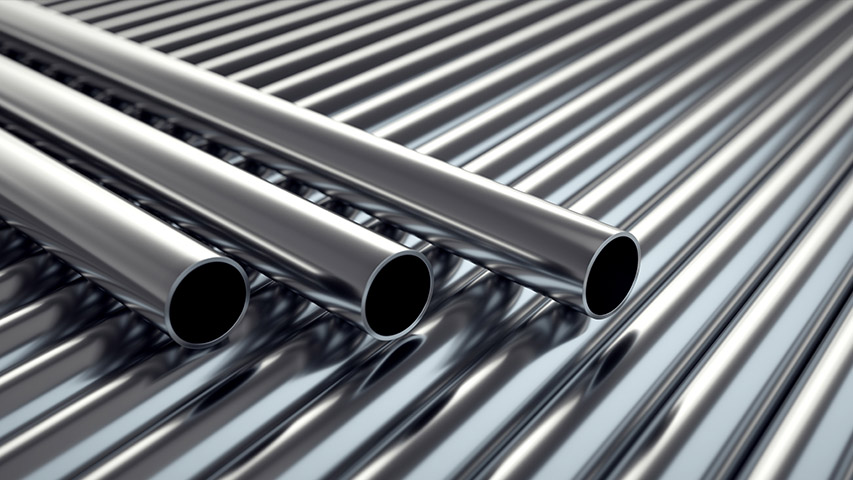
Stainless steel pipes, although more expensive than copper pipes, are of higher quality and provide exceptional strength and resistance to corrosion.
They are the preferred choice in areas prone to corrosion, such as coastal regions. Available in both flexible and rigid options, in a range of sizes, stainless steel pipes are connected using couplings.
Galvanised Steel Pipes
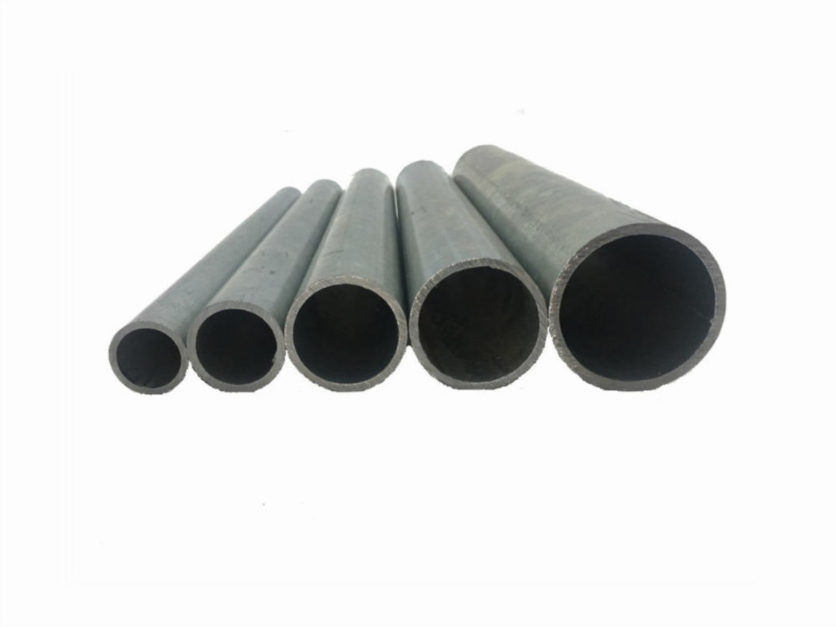
In the past, people commonly used galvanised steel pipes for residential plumbing and drainage systems due to their strength and resistance to corrosion.
However, they are not as commonly used for water supply today, as the inside coating can corrode over time and release rust particles into the water stream, compromising its safety. Galvanised steel pipes are still used for gas supply lines, as their durability makes them well-suited for that purpose.
Cast Iron Pipes
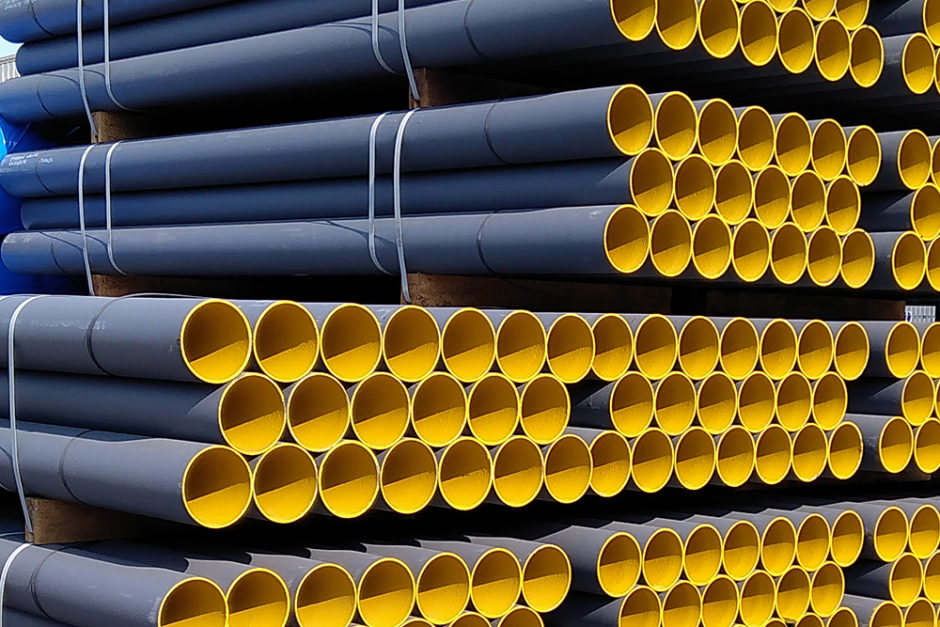
In the early 1900s, both residential and commercial buildings widely used cast iron and galvanised steel pipes. However, modern construction rarely uses them now. One can easily recognise cast iron pipes by their dark grey colour and rigidity, and mainly use them for sewer and drainage systems.
Although cast iron pipes are strong and long-lasting, they are susceptible to rust and corrosion, which can eventually impact the quality of the water supply.
Polybutylene Pipes
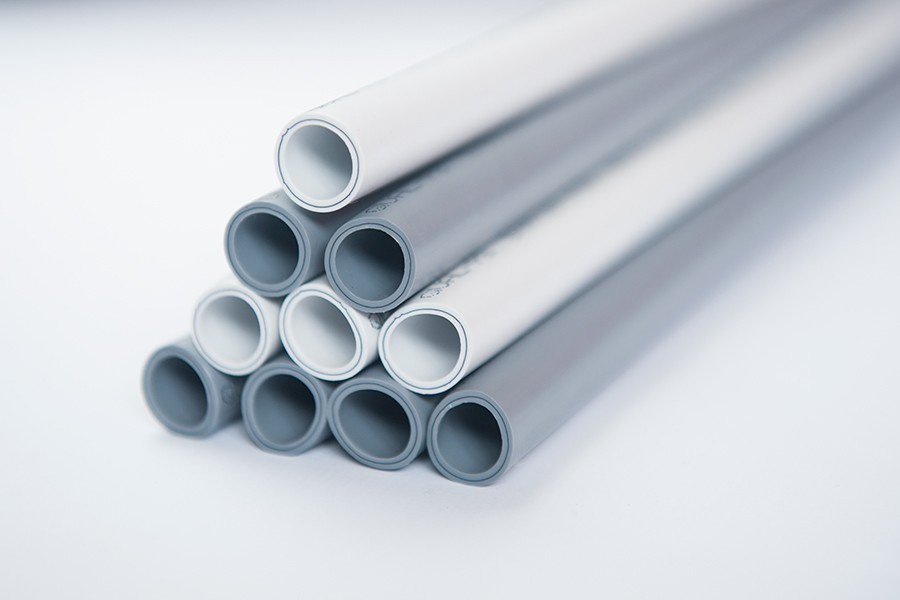
PB pipes, also known as polybutylene pipes, were a cost-effective option for plumbing in the late 1970s to mid-1990s and were popular for their futuristic plastic resin material instead of copper.
However, their popularity declined over time due to their tendency to leak at the joints, making them unreliable.
High-Density Polybutylene Pipes

As an alternative to the limitations of polybutylene pipes, people introduced high-density polybutylene pipes, known for their strength and resistance to corrosion, making them suitable for various plumbing needs.
One can bend this type of pipe into a 90-degree angle, and some models offer a 50-year warranty because of their exceptional quality. They are resistant to root intrusion, making them ideal for use in water and sewer lines in various applications.
Black Iron Pipes
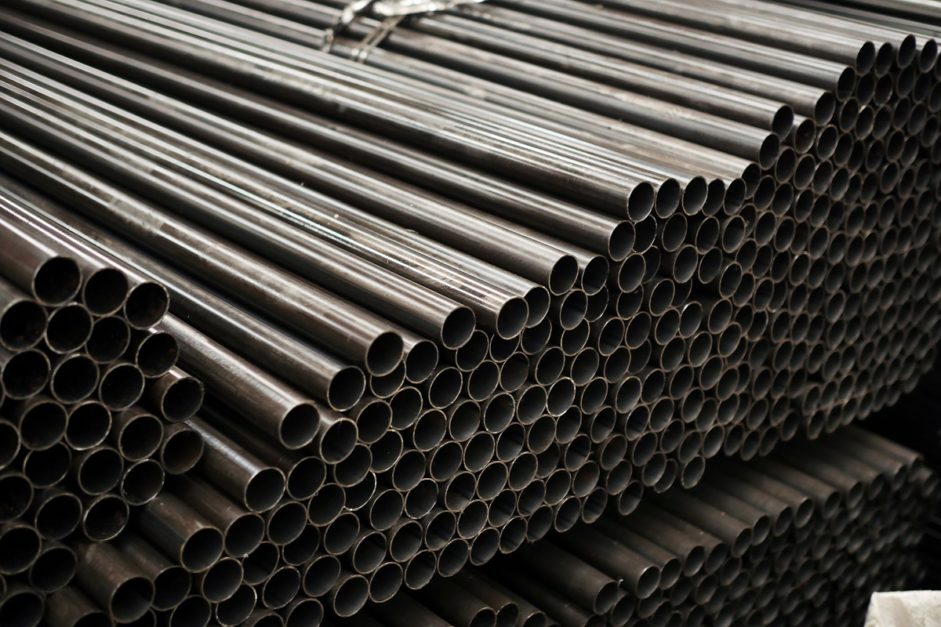
Only for carrying natural gas or propane, people now recommend black iron pipe which was once a common choice for water supply piping. However, it remains a popular material for fire sprinkler systems due to its resistance to high heat.
This is because black iron has a high carbon content, which makes it more durable. Many find it a cost-effective choice for various applications due to its relatively low cost compared to other piping materials. However, due to its susceptibility to rust and corrosion, one discourages using it in plumbing applications as it can cause discolouration and clogging of the water supply.
Stoneware Pipes

Centuries have been using stoneware pipes for various construction and infrastructure projects due to their durability and longevity. People know these cylindrical pipes, made of fired clay, for their strength, resistance to chemicals and temperature changes, and use them for drainage, sewage, and irrigation purposes.
To make stoneware pipes, one moulds clay into shape and then fires it in a kiln to harden it. To improve its water resistance and resistance to corrosion, one can also glaze it.
Concrete Pipes
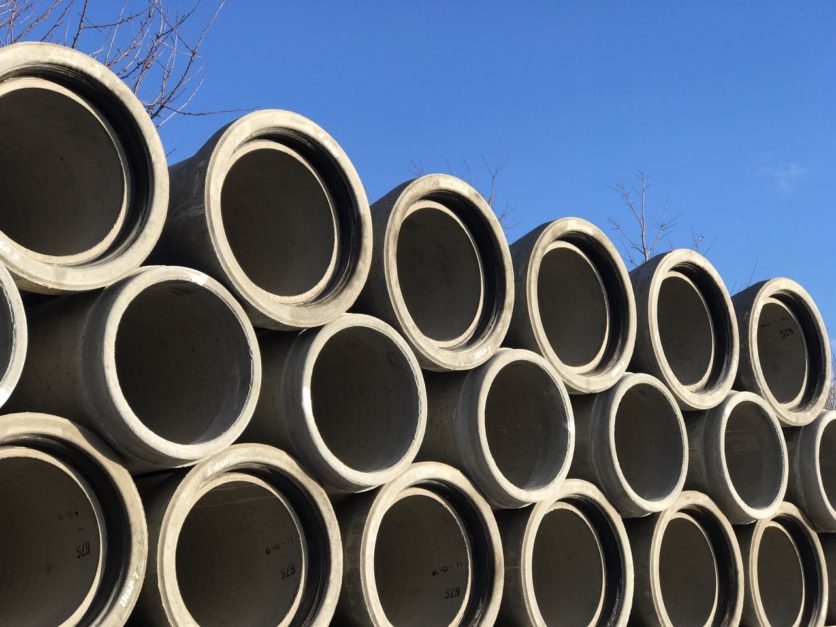
People use concrete pipes, which are cylindrical and made of concrete reinforced with steel mesh, for drainage and sewerage systems, irrigation, and culverts because of their durability and strength.
They come in various sizes and shapes, including round, elliptical, and arch shapes. They are long-lasting and able to withstand heavy loads and harsh conditions, making them a popular choice for infrastructure projects.
The Bottom Line
You can find different types of plumbing pipes in the market. When choosing plumbing pipes, it is important to consider the specific requirements of your plumbing system.
Consider the type of liquid, temperature, and pressure of the system, and location of pipes while transporting liquid. By choosing the right type of pipe, you can ensure that your plumbing system is reliable, efficient, and safe.
If you want to know more about concealed vs. exposed plumbing, follow Graana blog.
Read More
An Overview of the Airport Security Force (ASF) Pakistan
